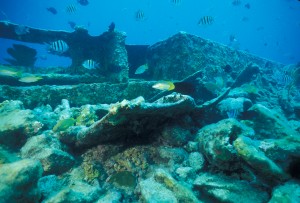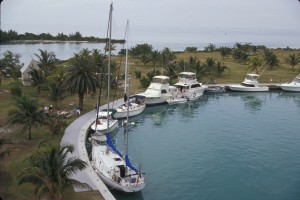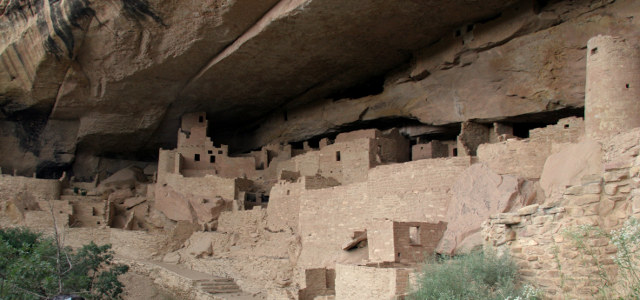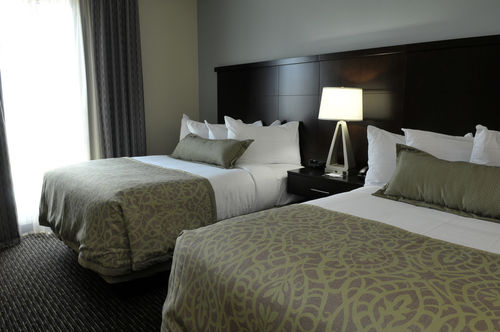
 At over 170,000 acres Biscayne National Park is big – and wet. Around 95% of the park is underwater. It includes most of Biscayne Bay south of Miami, the mangrove swamps on the mainland shoreline. numerous islands at the northern end of the Florida Keys and a large number of coral reefs on the Atlantic Ocean side of those Keys. The coral reefs – and a few shipwrecks – make the park one of the best spots for snorkeling and scuba diving in the United States.
At over 170,000 acres Biscayne National Park is big – and wet. Around 95% of the park is underwater. It includes most of Biscayne Bay south of Miami, the mangrove swamps on the mainland shoreline. numerous islands at the northern end of the Florida Keys and a large number of coral reefs on the Atlantic Ocean side of those Keys. The coral reefs – and a few shipwrecks – make the park one of the best spots for snorkeling and scuba diving in the United States.
The area was originally designated as Biscayne National Monument in 1968, in response to the growing pressure toward developing the region. It became Biscayne National Park in 1980. In addition to protecting portions of the Florida Reef, the park contains endangered wildlife including manatees, birds, fish, turtles – even a few crocodiles and alligators.
 The waters of the park are very popular for boating. There are harbors at the Elliott Key ranger station, at the lighthouse on Boca Chica Key, and at the Herbert Hoover Marina (owned by Miami-Dade County, next door to the park’s visitor center).
The waters of the park are very popular for boating. There are harbors at the Elliott Key ranger station, at the lighthouse on Boca Chica Key, and at the Herbert Hoover Marina (owned by Miami-Dade County, next door to the park’s visitor center).
The Dante Fascell Visitor Center is the only part of the park accessible by car. It’s at the eastern edge of Homestead and about 30 miles south of downtown Miami. The closest concentration of hotels near Biscayne National Park is in the heart of Homestead, about 6 miles west of the visitor center.
TheRealPlaces.com has a growing list of guides to hotels near US National Parks.



